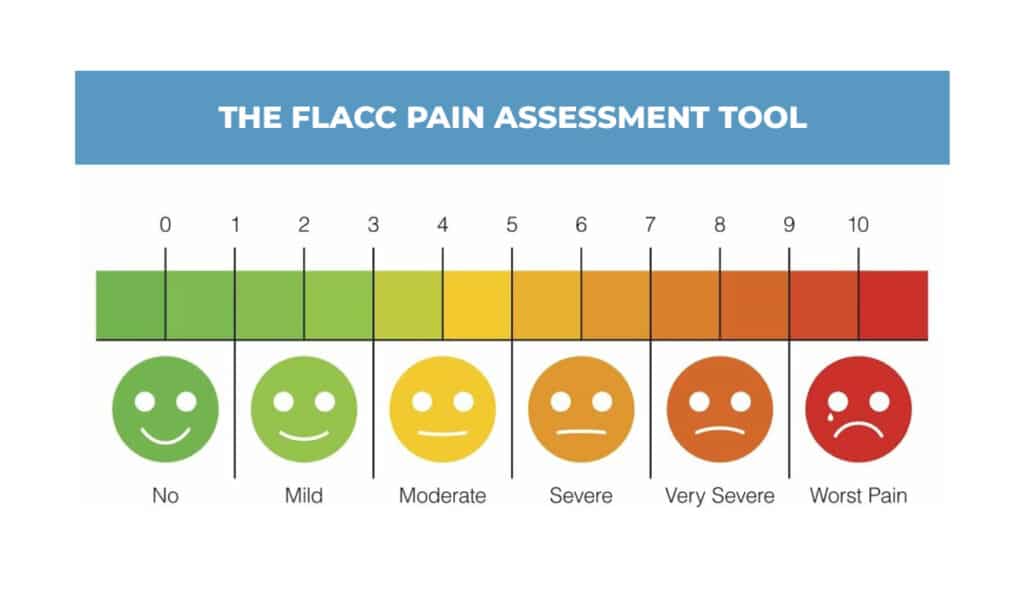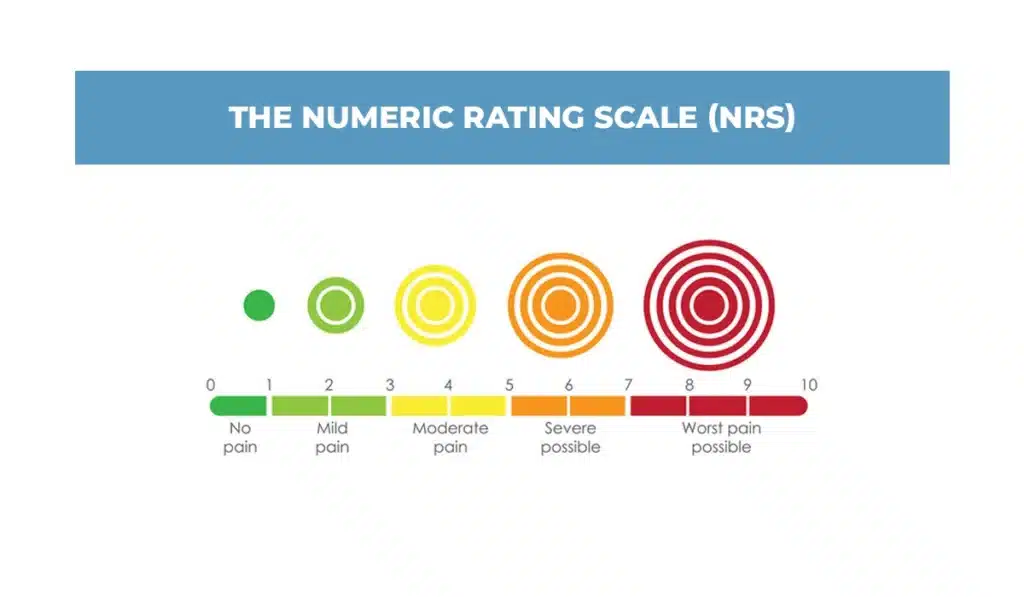
Table of Contents
ToggleEvery person has felt pain at some point in their life. It’s an innate human experience. But did you know there’s a science to understanding pain? Just as tools measure temperature or pressure, doctors use pain assessment instruments to understand your pain.
Let’s delve into the world of these instruments, especially as employed by Long Island Neuroscience Specialists.
Pain management doctors are medical specialists dedicated to the evaluation, diagnosis, and treatment of various pain conditions. Like experts in other medical fields such as ophthalmology or dentistry, these professionals spend years in specialized training to acquire in-depth knowledge of pain mechanisms and treatments.
One of the critical aspects of their role is the art of diagnosing pain. Utilizing state-of-the-art pain assessment instruments, they are able to isolate the root cause of pain with remarkable accuracy.
These instruments may include advanced imaging studies, nerve conduction tests, and even specialized questionnaires designed to gauge the psychological and emotional aspects of pain. In this way, they serve as medical detectives, using a blend of science and expertise to decipher the complexities surrounding pain conditions.
Beyond diagnosis, pain management doctors adopt a holistic approach to treatment. They understand that pain is not just a physical sensation but a debilitating condition that can affect every aspect of one’s life—from daily activities to sleep patterns, and even emotional well-being.
The doctors design individualized treatment plans that may incorporate medication, physical therapy, psychological support, and sometimes surgical interventions. Their ultimate mission is to improve the patient’s overall quality of life, aiming for a future where pain does not dictate the limits of what one can achieve.
Thus, the role of a pain management doctor is essential not just for immediate relief but for paving a pathway to a more comfortable, productive life. With their specialized training and use of sophisticated pain assessment instruments, they hold the key to unlocking a better quality of life for those suffering from chronic or acute pain conditions.

The FLACC Pain Assessment Tool is an acronym that stands for Face, Legs, Activity, Cry, Consolability. This tool is particularly useful for those who are unable to communicate their feelings adequately, such as children and non-verbal adults.
Healthcare providers scrutinize facial expressions, body movements, and other non-verbal cues to make an educated guess about the patient’s level of pain.
For the elderly population, who may have different ways of expressing or feeling pain due to cognitive or physiological changes that come with age, specialized pain assessment instruments are used.
The IPT (Idiopathic Pain Test), NRS (Numeric Rating Scale), and FPS-R (Faces Pain Scale-Revised) are some such tools. These are designed to tap into the unique needs and expressions of older adults, taking into account that they might be dealing with multiple comorbidities or may have different thresholds and tolerances for pain.
The Numeric Rating Scale (NRS), on the other hand, is widely adopted due to its simplicity and applicability across a broad spectrum of patients. The tool asks patients to rate their pain on a scale of 0 to 10. Though it may lack the granularity to capture all dimensions of pain, it offers a quick and universally understood metric for initial evaluation.
So, what makes a pain assessment tool superior to another? The ‘best’ tool can differ based on various factors like the patient population, the nature of the pain, and the specific requirements of a clinical setting.
However, doctors often have a preference for pain assessment instruments that are backed by research and have proven their efficacy in multiple clinical scenarios.
Thus, choosing from the wide array of pain assessment instruments is not a one-size-fits-all decision. It’s more like having an arsenal of tools, each finely tuned to meet specific needs, thereby allowing healthcare providers to offer the most effective and personalized pain management strategies.

Understanding the nature of your pain is crucial for proper treatment and management. The sensations can be acute or chronic, differentiated by both duration and severity.
Acute pain typically arises suddenly, often due to injury or illness, and lasts for a short period. It serves as a warning sign that something needs immediate attention.
On the other hand, chronic pain persists for a longer period, often more than three months, and may result from an ongoing condition or damage that is more challenging to treat.
In pain management, it’s essential to be aware of ‘red lights’ or signs that your pain might be serious and require immediate medical intervention.
Here are some warning signals to watch out for:
It’s crucial to listen to what your body is trying to tell you. Our bodies are incredibly complex systems that communicate through various signals, including pain.
Whenever you feel discomfort, don’t ignore it or push through. Your body uses pain as an alarm system to warn you of potential harm, so always heed these signals.
Pain serves as a critical warning system for your body. Recognize the types of pain, pay close attention to the ‘red light’ signals, and always consult healthcare providers for persistent or severe issues.
Ignoring pain can lead to complications and exacerbate underlying conditions, making early intervention crucial for long-term health and well-being.

GET IN TOUCH +
285 Sills Road
Building 5-6, Suite E
East Patchogue, NY 11772
(631) 475-5511
184 N. Belle Mead Road
East Setauket, NY 11733
(631) 675-6226
GET IN TOUCH +
285 Sills Road
Building 5-6, Suite E
East Patchogue, NY 11772
(631) 475-5511
184 N. Belle Mead Road
East Setauket, NY 11733
(631) 675-6226
SUBSCRIBE TO OUR NEWSLETTER +
Send us a Google review. Click this link and let us know how we did!
Review us on Yelp too.